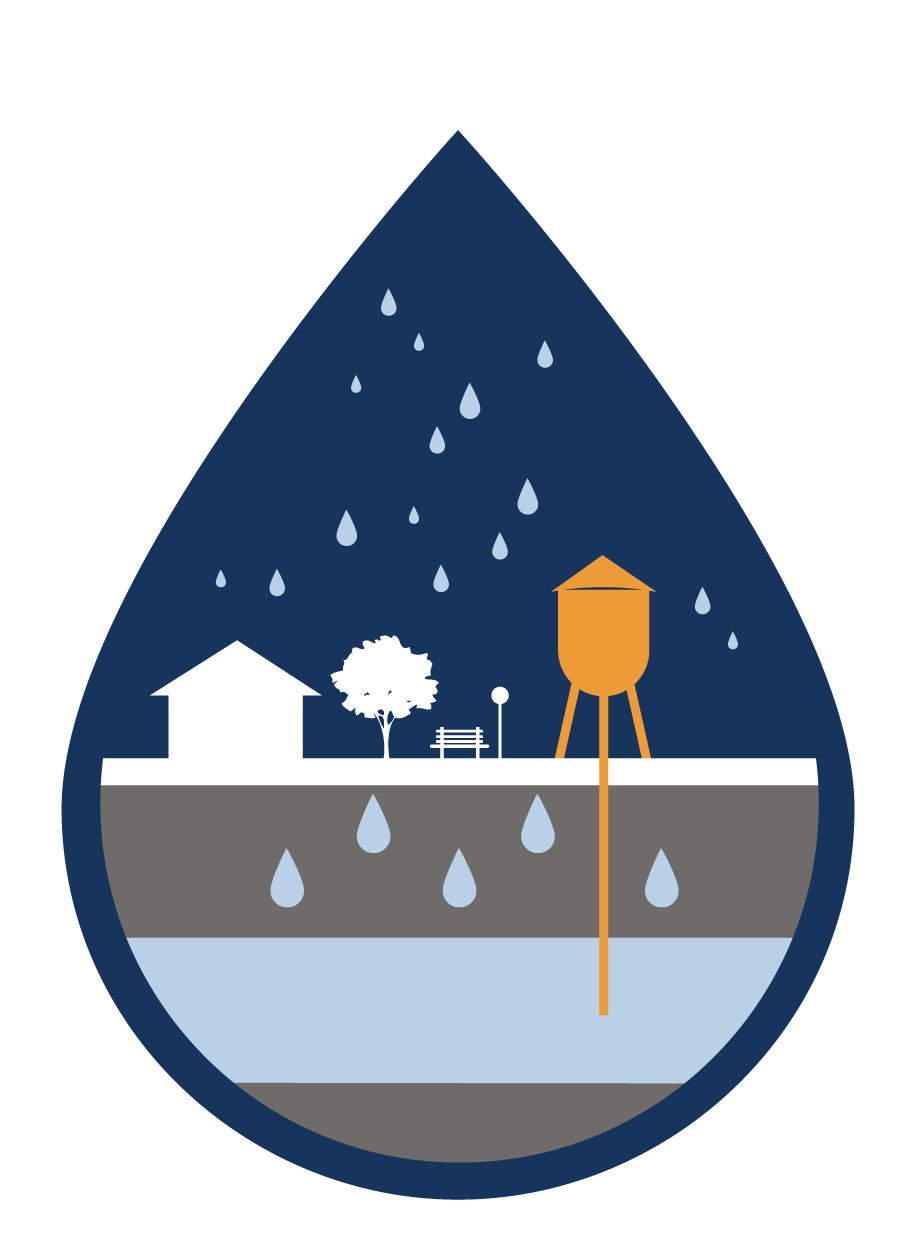

September 23, 2020 by Rachael Blake , Kelly Hondula
How might my team effectively use tech solutions to streamline collaborative work? We frequently get asked about the nitty gritty of virtual collaboration throughout the duration of a synthesis project. These deep dives into how your team might utilize tech solutions in different phases of your project provide a few examples. Please note that these are just examples and your mileage may vary, however, a few key points apply broadly.
Provide redundancy; anticipate using a combination of tools to meet each of your team’s needs
Provide guidance; be specific about how your team should use multiple solutions together (e.g. providing links between documents, where to find documents, how to communicate, and where to provide feedback)
Lower barriers; use technology that is comfortable for the majority of your team members
Remain flexible; be willing to try different technology arrangements; if it’s not working for your team, switch it up
Disclaimer: No actual SESYNC pursuit teams were contacted or used to create the faux teams below. Any resemblance to a specific pursuit team is purely coincidental.
 This team was scheduled to have their first Pursuit meeting at SESYNC in September. Most of the team members hadn’t met each other before, so the PIs were really looking forward to getting to know the 6 other team members through conversations over dinner and some site-seeing around Annapolis. In their first meeting, the team was planning on narrowing down their case study selection (based on feedback in proposal reviews) and deciding between two commonly used modeling approaches from different fields for a substantial part of the data analysis. Since re-strategizing for an online meeting, the PIs are having a hard time assessing whether the level of commitment and enthusiasm for the project has changed—some team members only respond to emails after a few reminders and another has new teaching responsibilities that might interfere with scheduled meeting times.
This team was scheduled to have their first Pursuit meeting at SESYNC in September. Most of the team members hadn’t met each other before, so the PIs were really looking forward to getting to know the 6 other team members through conversations over dinner and some site-seeing around Annapolis. In their first meeting, the team was planning on narrowing down their case study selection (based on feedback in proposal reviews) and deciding between two commonly used modeling approaches from different fields for a substantial part of the data analysis. Since re-strategizing for an online meeting, the PIs are having a hard time assessing whether the level of commitment and enthusiasm for the project has changed—some team members only respond to emails after a few reminders and another has new teaching responsibilities that might interfere with scheduled meeting times.
| Issue/Goal | Technology Solution |
|---|---|
| Create team cohesion and trust, and learn about your team members’ expertise and capabilities | Use an ice breaker or team building exercise; examples from Symond’s research |
| Team members introduce themselves and have topical conversations | Set up a Slack workspace with a “welcome” channel for intros; create other custom channels as your team needs |
| Develop team goals with shared expectations | Use Etherpad, Google Docs, or other online collaborative editing document |
| Keep momentum going | Use recurring Zoom meetings; make use of breakout rooms feature to have dedicated discussions but be careful to share conclusions with entire team |
| Share background papers and references with the entire team | Use a shared library in Zotero; SESYNC has unlimited storage accounts for teams |
| Create meeting agendas, and document meeting notes | Use a Google Docs; rotate the task of note taking during a meeting so no one person feels burdened |
| Assign tasks for follow up with comments/discussion | Use GitHub/GitLab or other project management software |
 This team was planning on having their third pursuit meeting over the summer, where they were going to integrate data analysis that team members had been working on independently. They wanted to re-run some code on an updated data set, but had been running into some problems because the new data is formatted differently and someone had identified a few bugs in one of the workflows. The team has had some turnover in participants since their first meeting, and a few different postdocs and graduate students have been involved at various stages of the project, so it’s difficult to keep track of who has the latest updated version of files and why some changes were made.
This team was planning on having their third pursuit meeting over the summer, where they were going to integrate data analysis that team members had been working on independently. They wanted to re-run some code on an updated data set, but had been running into some problems because the new data is formatted differently and someone had identified a few bugs in one of the workflows. The team has had some turnover in participants since their first meeting, and a few different postdocs and graduate students have been involved at various stages of the project, so it’s difficult to keep track of who has the latest updated version of files and why some changes were made.
| Issue/Goal | Technology Solution |
|---|---|
| Code versioning and sharing for data cleaning and analysis | Use git and GitHub/GitLab to version computational scripts and share latest version with team |
| Keep track of progress and comment on tasks/issues as they arise | Use issues in GitHub/GitLab |
| Resolving particular tasks/issues virtually | Use video/phone call technology that suits participants in smaller sub-group or 1-on-1 meetings |
 This team had three meetings at SESYNC already and they are in the midst of writing two manuscripts. They both rely on the new synthesized dataset their team produced, which they are intending to publish independently and cite in both papers. A different combination of team members is involved in each paper, and the PIs are working on a policy brief for state agencies. One of the PIs is also working with a few team members to outline a proposal that would fund some follow-up studies to collect data that would help address research gaps identified in the project. During in-person meetings at SESYNC, the team had developed a productive work routine, but now the PIs are unsure how to tell whether progress is being made or if momentum has been lost.
This team had three meetings at SESYNC already and they are in the midst of writing two manuscripts. They both rely on the new synthesized dataset their team produced, which they are intending to publish independently and cite in both papers. A different combination of team members is involved in each paper, and the PIs are working on a policy brief for state agencies. One of the PIs is also working with a few team members to outline a proposal that would fund some follow-up studies to collect data that would help address research gaps identified in the project. During in-person meetings at SESYNC, the team had developed a productive work routine, but now the PIs are unsure how to tell whether progress is being made or if momentum has been lost.
| Issue/Goal | Technology Solution |
|---|---|
| Manage a single library for project references | Use Zotero (through SESYNC) to collaboratively create reference library in one place |
| Collaboratively write/edit manuscripts | Use Google Drive with Zotero for reference management |
| Manage communication on sub-projects; keep everyone connected/informed but not overwhelmed | Use a Slack workspace with different channels for sub-groups working on different papers; use pinning in channels to make links to manuscript drafts in a shared Google Drive “sticky” so everyone can find them |
| Discuss manuscript comments and revisions | Co-authors arrange phone/video calls with screen sharing |
 This team has collaborators from six time zones across the Global South – a strength that they leveraged for acquiring detailed datasets and necessary expertise across their focal study areas, but definitely a weakness when it comes to scheduling meetings. The PIs have started trading off leading meetings based on who it is a “normal” time for, however attempting to find the meeting time that works for the most people inevitably seems to leave out the same two people. A few of the team members also often have unpredictable interruptions during meetings, either from limited internet bandwidth or needing to help children with online classes.
This team has collaborators from six time zones across the Global South – a strength that they leveraged for acquiring detailed datasets and necessary expertise across their focal study areas, but definitely a weakness when it comes to scheduling meetings. The PIs have started trading off leading meetings based on who it is a “normal” time for, however attempting to find the meeting time that works for the most people inevitably seems to leave out the same two people. A few of the team members also often have unpredictable interruptions during meetings, either from limited internet bandwidth or needing to help children with online classes.
| Issue/Goal | Technology Solution |
|---|---|
| Asynchronous composition/editing of documents/manuscripts | Use Google Docs Consider offline ways of collaborative writing to accommodate those without stable internet; working on smaller text sections over email, for example |
| Asynchronous coding | Use git and GitLab/GitHub |
| Asynchronous transparent communication | Use Slack; utilize Slack channels to organize discussion around each topic/sub-project/paper Use Whatsapp; widely used even in areas without stable internet; utilize groups to organize topical conversations Use email to share meeting notes or manuscript drafts; especially useful for including those without reliable internet connections |
| Assistance in scheduling meetings | Use polling with good support for timezones (when2meet, whenisgood, Doodle, etc.) and world clock (e.g. timeanddate.com) |
| Share burden of early morning/late night meeting times | Rotate meeting time/day because not all team members can attend at the same time Consider more frequent meetings within similar time zones, and fewer all-group meetings across all time zones |